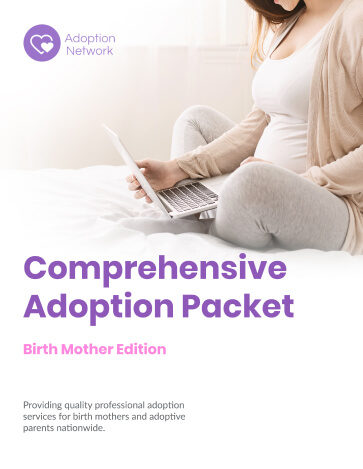
How Many Adoptees Are in the US?
Many people don’t think of adoption as a “common” occurrence. While there are plenty of adopted children and adults throughout the United States, most people view adoption as a special circumstance in some families. This is mainly due to the likelihood that many people simply don’t have a lot of firsthand experience with adoption. They have never adopted, do not have or know friends who have been adopted, and do not have close family members who were adopted. People who have adoption close in their social circles or families will know that adoption is just as common as pregnancy in many families, making the assumption that it is uncommon mostly subjective to each individual. The truth, however, is that there are many adoptees in the US, and the number is expected to keep growing in the future.
How Many Adoptees Are There in the US?
There is no simple answer to how many adopted people there are currently living in the US. The number is always changing; it is near impossible to pin down exactly how many adoptees, both adults, and children, are living in the country. However, by going over adoption statistics by year, an approximate amount of adoptees in the US can be estimated.
The Child Welfare Information Gateway is a great place for finding various adoption statistics. Not long does this resource provide the number of overall adoptions in the US per year, it also specifies the state, national, and international data and statistics for public and private foster care, as well as intercountry adoption.
By going over the numbers and adoptions trends present in the US over the last few decades, you can find the average number of adoptees per year, as well as figure how and why the numbers are steadily rising. According to Adoption.com, there were approximately 120,000 adoptions each year. Though the number has grown since then, it is still relatively close and “proportionate” to the population size of the United States. Further, Adoption reports that there were 104,000 children adopted in 1986, meaning between that year and 1990, the amount of adoptions, both related and unrelated, increased by 16,000.
In 2015, there were 5,647 adoptions nationwide, varying in gender and age according to Intercountry Adoption. When compared to previous years, one will find that the number of adoptions has decreased in recent years, though the numbers naturally fluctuate. This does not account for all adoptions types, including international and private adoptions, which, when added, would likely increase the number significantly. It is important to note, however, that these statistics rarely include adult adoptions.
Though numbers are lower in the statistics reported by Intercountry Adoption, overall, the number of adoptees in the US, when international, private, domestic, and foster care adoptees are included, increases each year steadily. Still, the number of adoptions is approximately 120,000 each year in the US, but this is expected to rise continually over time.
Why Are There More Adoptions Over the Years?
Today, adoption is much more common and openly talked about in the US. People from all walks of life are open to adoption, and many states are allowing more people to adopt as well. This includes single mothers and fathers, same-sex couples, and older individuals, many of whom were previously not able to, or had a very hard time adopting. Also, families who already have biological children are choosing to adopt and participate in foster care programs, which may often lead to adoption as well. As there are many children still waiting to be adopted in the US, approximately 100,000 in foster care alone, there are ample opportunities for adoption, and many are taking advantage.
In addition to this, many families and individuals are finding that they now have the resources and finances needed to adopt a child or children. There are financial aid programs set in place to help struggling families adopt, as well as support for Birth Mothers looking to place children for adoption. Agencies are also very good about being on top of aid for both Adoptive and Birth Parents, helping them with finances through grants and other support throughout the adoption process. Older couples and individuals, who are usually much more financially stable than young couples and singles, are more likely, and more able to adopt as well, making money less of an issue than it was before.
Finally, some adult adoptees are likely to adopt themselves, returning the kindness that was done for them to other children in need. They may solely adopt, or adopt in addition to their biological children. However it is done, the number of people who can adopt and want to is steadily increasing, making the number of adoptees in the US rise all the time.


Search Adoption Network
Speak with a Specialist 1-800-367-2367